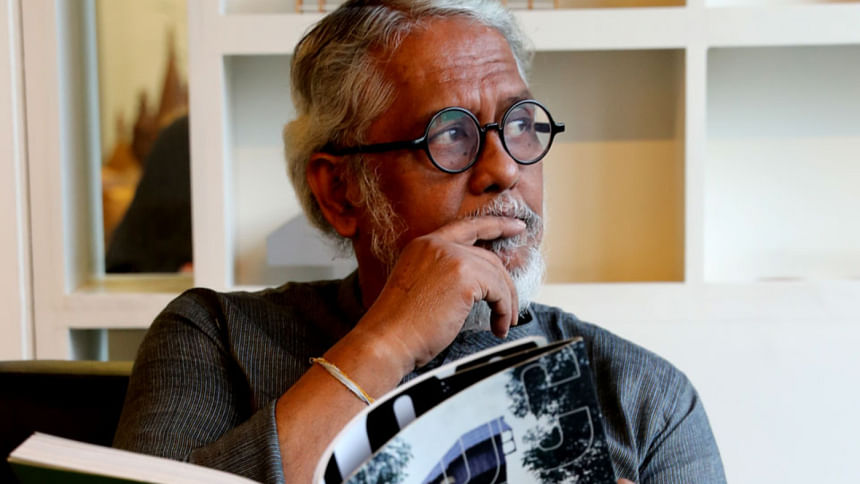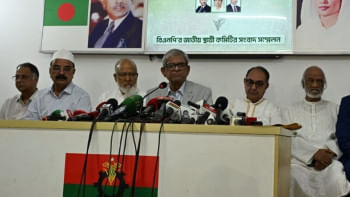Rendezvous with Chandra Shekhar Shaha

“We have dedicated an entire board to the weavers,” says Shaha. “I had told Motahar, the carpenter, that the alignment of the texts on the board is a little below eye level. Motahar explained to me that people should bend down to read the names of the craftsmen behind such remarkable work. I was at a loss for words, and decided to go with his idea. That is the kind of respect our weavers deserve.”
The gallery on the ground floor of Bengal Shilpalay has a brilliant collection of traditional jamdani sarees, scarfs and angrakha kurtas, among other things. The festival also includes the screening of four short films, exploring the designs and weaving process of Jamdani, and the life of a weaver. Shaha mentioned that the gallery on the second floor will showcase 30 selected sarees from the event. As we took a tour of the exhibition, he further explained how each installation has its own philosophy. “We have showcased different types of yarns in an installation to demonstrate the finesse behind the production of Jamdani,” says Shaha. “Beautiful jamdani cannot be produced without the communicative relationship between the weaver and the yarn.”
Aarong, Aranya, Tangail Saree Kutir and Kumudini, the partner organisations of the festival, have sent their weavers to Bengal Shilpalay to present live demonstrations of how Jamdani is weaved. This, in turn, was also a confidence boost for the weavers.
“We hope that through the festival, we can raise awareness about the revival of jamdani production, and with proper patronage, the weavers will be encouraged to continue their work,” adds Shaha.

 For all latest news, follow The Daily Star's Google News channel.
For all latest news, follow The Daily Star's Google News channel. 



Comments